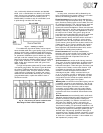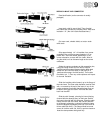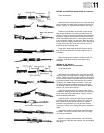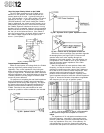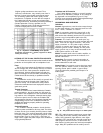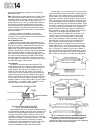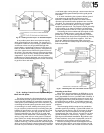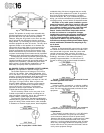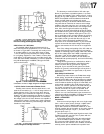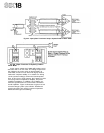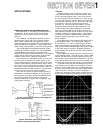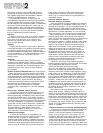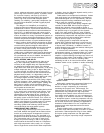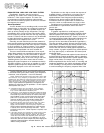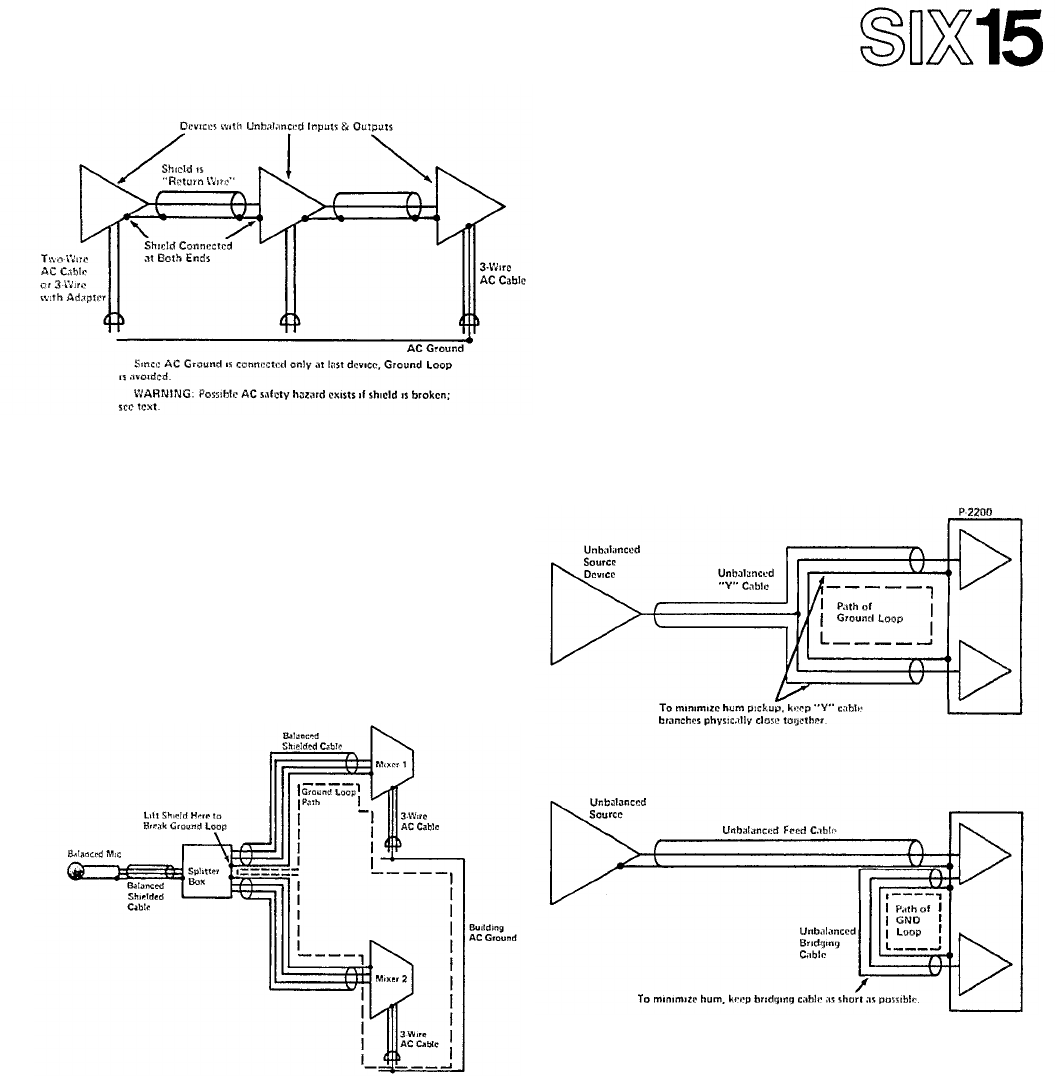
Fig. 58 - Avoiding Ground Loops in an Unbalanced System.
In any audio system, there are numerous ways by
which ground loops can be created. For example, if a
microphone feeds two mixers through a splitter device,
and the two mixers are AC grounded through their
power cables, a ground loop is formed. In this case, it's
better
to
lift
the shield leading
from
the microphone
to
one
of the mixers than
to
lift
the AC ground of one
of
the mixers. This procedure not only preserves the safety
of the AC ground, but may actually provide better noise
suppression. If you learn to look for these potential
problems as a system is designed, you can avoid much of
the last-minute troubleshooting that is so often necessary
to get rid of hum and noise.
Fig. 59 - Avoiding a Potential Ground Loop when using two
Mixers and a Mic Splitter.
For safety reasons, the final ground point in a system
should actually be earth ground. Electrical codes always
require that the building's AC ground be connected to
earth ground (at the building's AC service entrance). By
connecting the sound system ground to earth, instead
of connecting it to some arbitrary three-prong AC out-
let, you avoid any noise that may be traveling along the
building AC ground wire, and you are assured of a good
ground for safety, even if the AC ground wire at the
outlet
is
interrupted
(see Page
SIX
16).
A good earth
connection can be obtained at a cold water pipe, or by
driving a long metal rod into moist ground. Hot water
pipes (which are usually disconnected electrically from
earth at the hot water heater), PVC pipes (which do not
conduct electricity), and connections to cold water pipes
which must travel through a water meter before entering
the earth are poor choices for earth grounding. However
a cold water pipe running through a water meter that has
been electrically bypassed does provide a good ground
connection.
It is worth mentioning that systems without ground
connections may be capable of interference-free
operation. Portable tape recorders and other battery-
operated, self-contained audio equipment are not earth
grounded. The electronics in airplanes are not grounded
to earth (at least not when they are flying), yet the
equipment operates well. The purpose of earth grounding
a sound system is to keep the chassis of all equipment
at the same potential as the AC mains ground for safety.
Connecting the same unbalanced input signal to both
inputs of the P-2200 causes a small, but unavoidable
ground loop. To avoid hum pickup problems, keep the
area enclosed by this loop as small as possible by running
the two cables to the input close together. If the two
inputs are "bridged" (tied together with a phone-to-
phone or XLR-to-XLR cable) keep the connecting cable
as short as possible.
Fig. 60 - Minimizing Hum with Unavoidable Ground Loops.
Grounding on the Road
Many of the
above
procedures
are
difficult
to
use
on
the road. For example, the telescoping shield concept is
nearly impossible to use on a portable cable. Similarly, it
is a difficult and time consuming process to search for a
water pipe ground every time the system is moved from
one performance to another. Yet portable systems can
be extremely complex, and may have major grounding
problems.
The telescoping shield concept can be extended to
portable
systems
by installing
a
"ground
lift
switch"
on
the output of each device, and on the inputs of devices
after the mixer (since microphones are not grounded
except through the mixer, there is no need for an input
ground
lift
switch on most mixers). Figure
61
shows
a
typical ground lift switch installation. By judicious use
of these switches, each piece of equipment can be AC
grounded for safety without causing ground loops.
Because of leakage currents from equipment in the
system, and in the house, some noise currents can ride
on the AC ground wire, and are able to enter the audio



